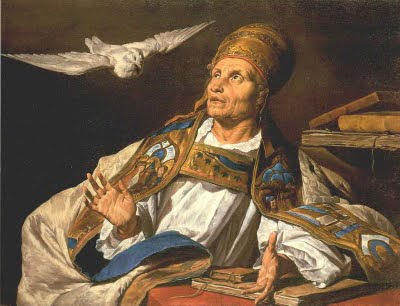 Saint Gregory Nazianzen
Saint Gregory Nazianzen
After Gregory’s baptism in 360 he lived the quiet life in solitude according to Catholic Culture later he gladly accepted his friend St. Basil invitation to join him in a newly found Monastery.
The tranquility Gregory found at the monastery was broken when Gregory’s father, a Bishop needed his help in his diocese and estate–It seems that Gregory reluctantly agreed to become a Priest, was ordained and with some hesitation accepted the responsibility, skillfully avoiding a schism that threatened when his own father made compromises with Arianism.
At the age of 41 Gregory was chosen ‘Suffragan Bishop of Caesarea’ and at once, came into conflict with Valens, the Emperor who supported the Arians, which denied the divinity of Jesus Christ–An unfortunate by-product of the conflict was the cooling of the friendship of two Saints.
Basil his Archbishop, sent Gregory to a miserable and unhealthy town on the border of unjustly creating divisions in the diocese–Basil reproached Gregory for not going to his See.
When protection of Arianism ended with the death of Valens, Gregory was called to rebuild the faith in the great See of Constantinople, which had been under Arian teachers for three decades.
Retiring and sensitive, Gregory dreaded being drawn into the whirlpool of corruption and violence. Gregory first stayed at a friend’s home which became the only Orthodox Church in the city–In such surroundings, he began delivering the great sermons on the Trinity for which he was famous. In time, Gregory did rebuild the faith in the city but at the cost of great suffering, slander, insults and even personal violence–an interloper, even attempted to take-over his Bishopric.
Gregory’s last days were spent in solitude and austerity, writing religious poetry–some of it autobiographical of great depth and beauty, acclaimed simply as ‘The Theologian’ his writings merited for him the title of ‘Doctor of the Church.’